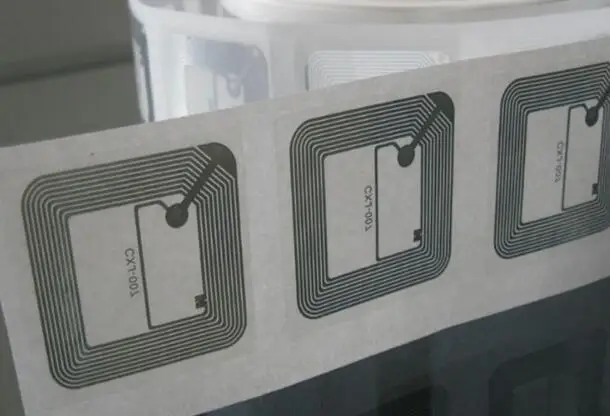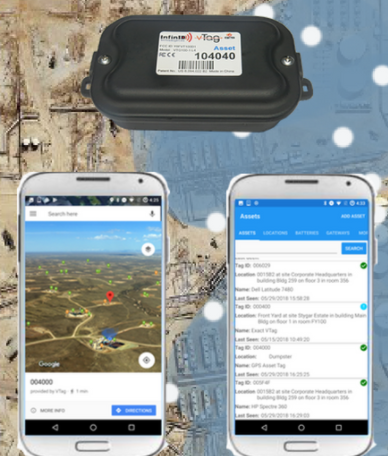
Long-lasting: RFID tags have a longer battery life since they’re part of a passive tracking system-the tag only has to power on when it is activated by a reader.As such, each method has its own advantages and disadvantages, so let’s quickly address what those are for RFID vs GPS: RFID vs GPS Tracking: How Do They Compare?Īs you can probably tell, GPS and RFID asset tracking methods are wildly unique from one another, using two completely different sets of technology. GPS is an “active-tracker” method, meaning you can check where an asset is at any moment. GPS Tracker: A GPS tracker will scan and receive signals from several satellites to triangulate an approximate location.Satellites: Satellites orbit the planet approximately twice each day and transmit a unique signal that GPS trackers can receive.Global Positioning System (GPS) uses satellites and GPS trackers to determine an asset’s approximate location.
RFID is a “passive” tracking method, meaning it only transmits information when the tag is activated by the reader. Each tag is coded with unique information prior to being attached to the asset.

If you have a mixture of trees, you can sort/add trees by type.RFID and GPS are both tools businesses can use to track and identify their assets’ current whereabouts.

You can also add additional data like height, width, color, or other specific data fields relevant to your operation. Auditing with Wave ensures your team is visiting each tree, what time they visited, and the exact location of that visit.Īdding a current picture will allow the team to look at the tree over time and see if there are any issues missed. You may also use a ground stake if you're confident it will stay tight/not blow away.Įach time you audit the area and scan the RFID tag, the time stamp will be updated, and the latest GPS will be stored. You don't need to 'see' the tag, so placing the tag in a sleeve will prevent adhesive loss/tag peeling off the tree.Īt each checkup, ensure the strap remains loose so it doesn't impede the tree growth. The tag can go on a plastic sleeve or in a plastic holder. Place the tag on the tree with a loose strap around the base. The RFID tag should not fail and should last the life of tree growth. It should last for-ever, but many compounds begin to fail at the 15+ year mark - adhesives, inks all fade.

It's synthetic (plastic) and will survive outdoors for at least ten years. Our low-cost, high-performance TR tag is perfect for tracking trees.


 0 kommentar(er)
0 kommentar(er)
